
You’ve seen them kicking about the gym, but never really known what to do with them, right?
In a nutshell, foam rollers are used to release muscle tension, tightness and trigger points (or ‘knots’) in your muscles by massaging specific points on your body. This helps the recovery of muscles after repetitive patterns of movement, such as running and resistance training.
Using the foam roller provides an easy way of achieving deep tissue release on a daily basis, without having to fork out for an expensive massage
Yeah, we know it’s tough to admit, but most of us aren’t robust teenagers anymore, so taking care of your muscles is really important. It helps to boost flexibility and range of movement, as well as lower the risk of injury.
“Using the foam roller provides an easy way of achieving deep tissue release on a daily basis, without having to fork out for an expensive massage. It’s a real buzz word at the moment, with athletes in all sports and abilities using them regularly,” says Chartered Physiotherapist Jon Cooke.
“The aim is to trigger point areas of tightness within the muscle and assist with increasing blood flow. It’s not recommended to foam roller directly over a joint surface, or over a recent injury-site though, as this can prolong rehabilitation. It’s best to seek medical advice from a chartered physiotherapist post-injury to guide you on this.”
Just a little word of warning, foam rolling does hurt and certain moves can be frustratingly difficult to master. But, done correctly, it should never be unbearable and you should start to feel the effects quite quickly.
Jon has shared five of the top exercises to do on a foam roller – all of which are a great way to aid muscle spasm/tightness and help increase flexibility in different areas. He recommends spending 10 -15 minutes doing the exercises to achieve the maximum benefit.
1) Iliotibial Band Release (outer thigh area)
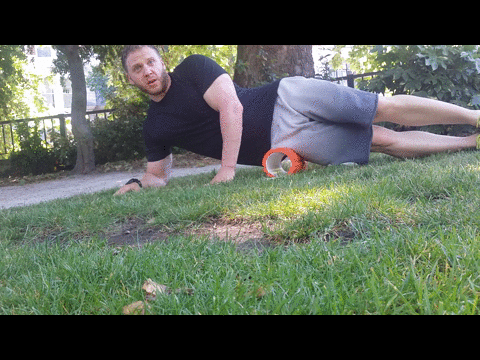
Lying on your side with the foam roller under you thigh closest to the floor, roll up and down over the outside of the thigh. Be careful not to roll over the knee joint, and not as high as the hip bone.
2) Quadricep release (front of thigh muscle)
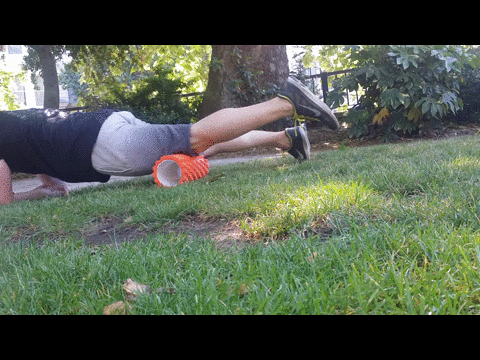
Lying on your front, roll up and down on the foam roller under your thighs.
3) Thoracic spine release (mid-back area)
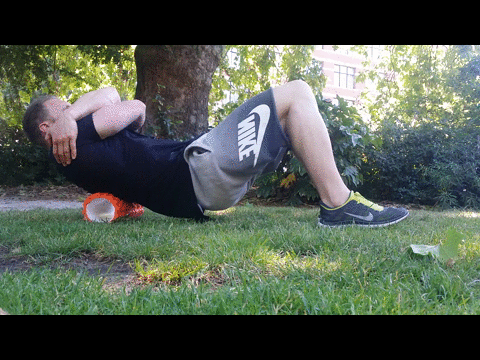
Lying with your knees bent up, and the foam roller across the middle of the back, roll the roller up and down your spine with your arms crossed and your chin tucked in.
4) Gluteal release (buttocks)
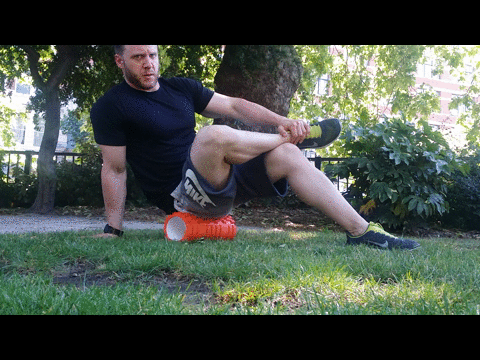
Sit on the floor with your legs crossed and roll over the top of the foam roller while applying pressure through your glutes.
5) Adductor/Groin release
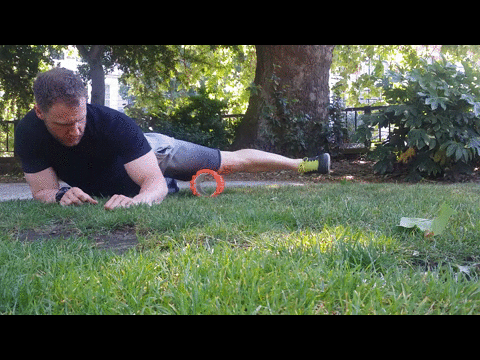
Lie on your front with your groin/adductor muscles on the foam roller, roll up and down with the foam roller applying pressure through the inner thigh. Be careful not to roll too high up on the groin.